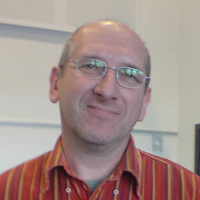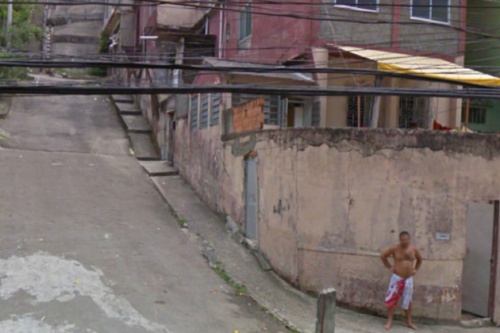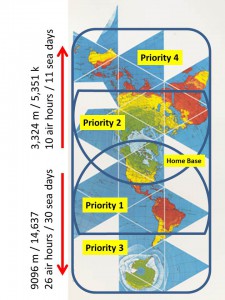
Launching: SMS Code of Conduct for Disaster Response
Shortly after the devastating Haiti Earthquake of January 12, 2010, I published this blog post on the urgent need for an SMS code of conduct for disaster response. Several months later, I co-authored this peer-reviewed study on the lessons learned from the unprecedented use of SMS following the Haiti Earth-quake. This week, at the Mobile World Congress (MWC 2013) in Barcelona, GSMA’s Disaster Response Program organized two panels on mobile technology for disaster response and used the event to launch an official SMS Code of Conduct for Disaster Response (PDF). GSMA members comprise nearly 800 mobile operators based in more than 220 countries.
. . . . . . .
To connect this effort with the work that my CrisisComputing Team and I are doing at QCRI, our contact at Digicel during the Haiti response had given us the option of sending out a mass SMS broadcast to their 2 million subscribers to get the word out about 4636. (We had thus far used local community radio stations). But given that we were processing incoming SMS’s manually, there was no way we’d be able to handle the increased volume and velocity of incoming text messages following the SMS blast. So my team and I are exploring the use of advanced computing solutions to automatically parse and triage large volumes of text messages posted during disasters. The project, which currently uses Twitter, is described here in more detail.
Phi Beta Iota: Apart from the pioneering and preparatory effort, this is the first time we have seen a reference to a pre-crisis arrangement for crisis mass broadcast to all cell phones providing a code (or multiple codes) for use in populating the crisis map. What this really means is that Dr. Meier has now set a precedent for using SMS to populate a Local to Global Range of Needs (and Fulfilment) Table. This spells the end of the Specialized Agencies (SA) and the Red Cross, among others, as inefficient intermediaries delivering less than 20% of donor dollars to end-needy. The way is now open for a self-organizing system that engages the 80% of the rich that do not donate to charity now (most because they have learned not to trust charities — the Red Cross and Katrina will long be remembered) and can address needs in near real time down to the household level. As the price point of precision-guided micro-parachutes drops, the way is open for chartered flights to literally “rain” manna from the heavens. The work of Dr. Meier and his colleagues is inspiring, and more importantly, a clear break from the past and present inefficient and unresponsive bureaucracies of government and non-governmental organizations.




